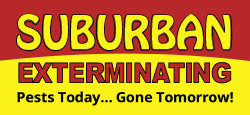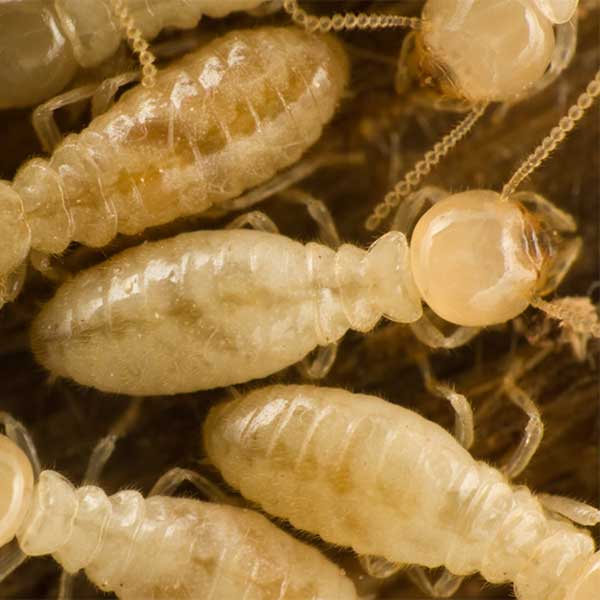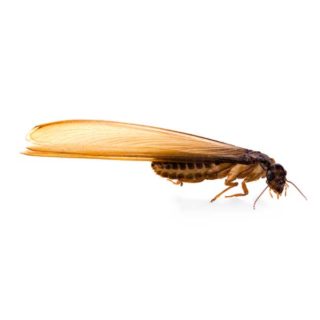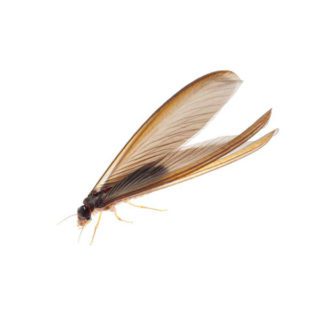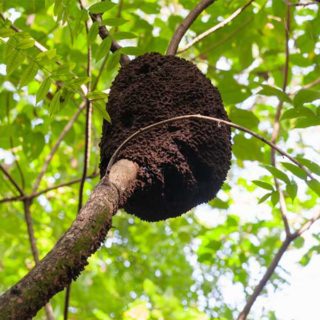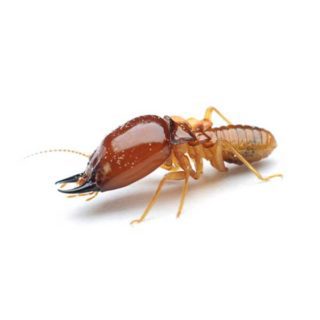Subterranean Termites in Suffolk County & Nassau County
Subterranean termites are the most widespread and destructive termite group in the United States. The most common wood-destroying pests among this group are the eastern subterranean, western subterranean, and Formosan subterranean termites. Termites consume cellulose, the main structural components of plant cells. Any wood material in a home is a potential food source, but it may also damage non-wood material in search of food. Termites rarely show themselves in the open, and infestations can be difficult to detect until the damage becomes severe.
Subterranean Termite Habitat
Subterranean termites live underground and feed on plant materials. These termites build tunnels, often referred to as “mud tubes,” to protect them from predators and exposed air which can dry them out. Winged termites are attracted to light and will swarm around doors and windows. After fluttering about for a short time, the termites break off their wings and pair off, becoming king and queen of a new termite colony. A common sign of termites is the presence of mud tubes, inside or outside of a home. Termites make these earth-colored tubes primarily as a protected runway from the earth to the wood they feed upon.
Subterranean Termite Behaviors, Threats, or Dangers
Because termites consume cellulose, any wood material in a house is a potential food source. Termites are secretive, and when termite damage becomes evident, it is usually the result of a few years of infestation. The presence of swarming termites or their wings alone is a sure sign that termites are working in a building. Winged termites are often confused with winged ants; however, most species of ants in the house are only nuisances and, except for carpenter ants, do not damage the wood. To prevent or control a subterranean termite infestation, it’s important to enlist the help of a professional termite exterminator.
Need help with Subterranean Termite control?
Need Expert Advice?
Leave your information below and we'll be in touch soon!
"*" indicates required fields
*During normal business hours. After hours calls will be returned the next business day.
